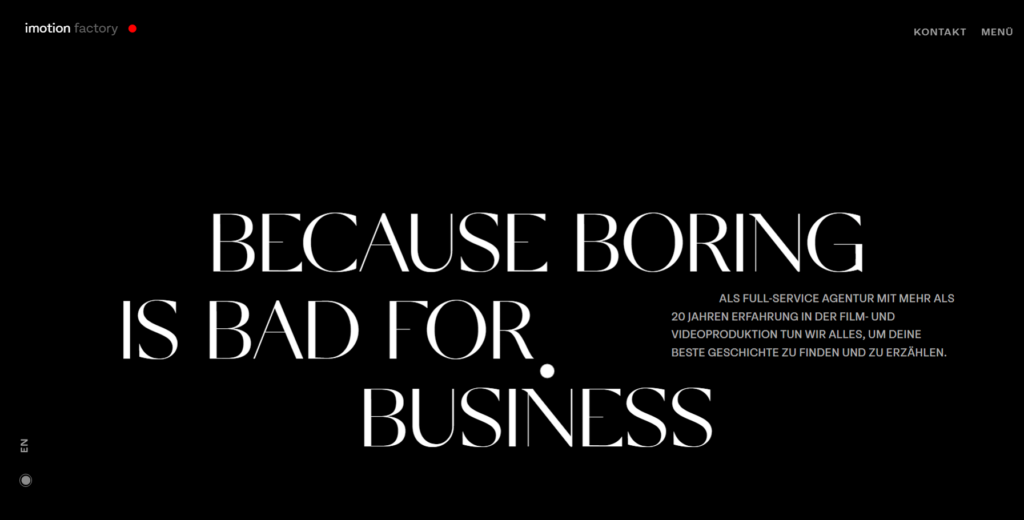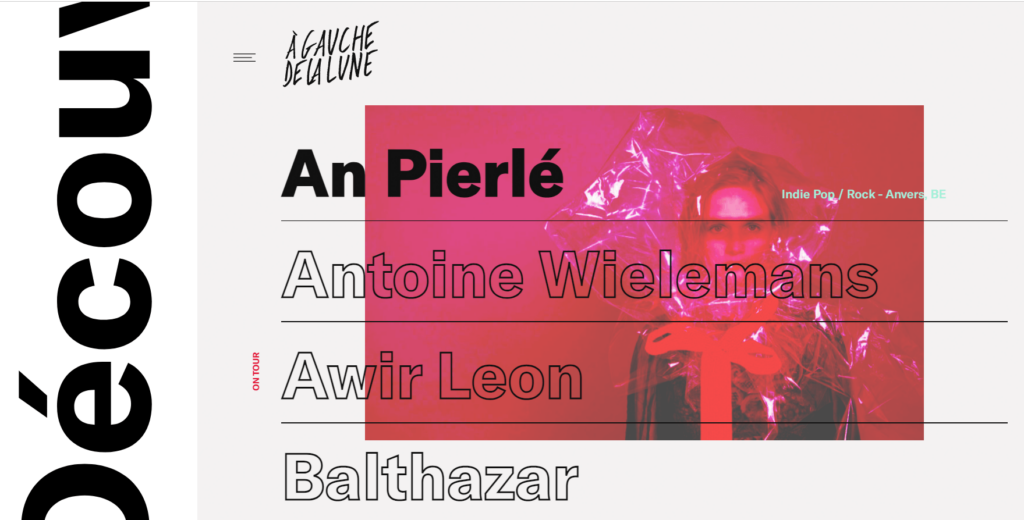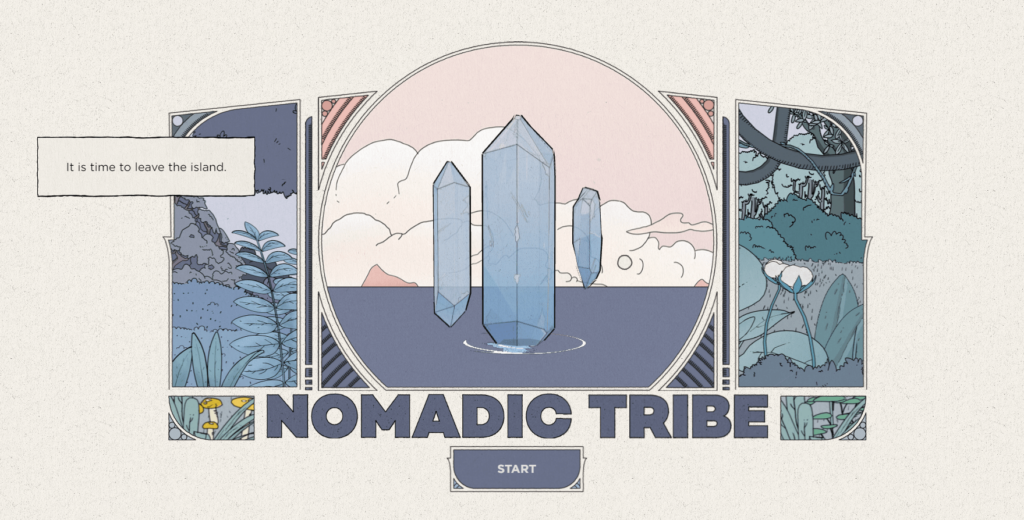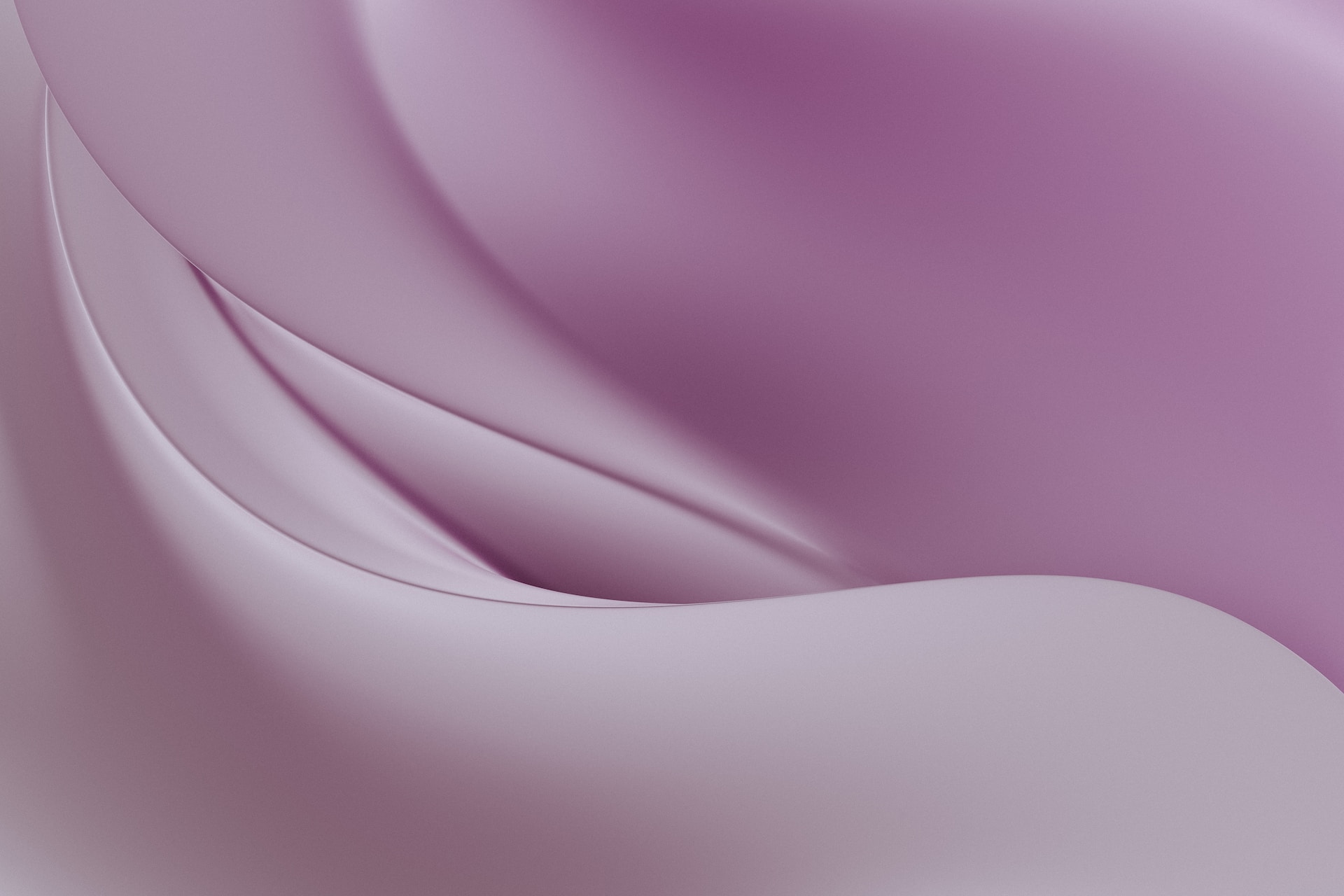As technology continues to evolve, so do the trends in UI/UX design. To face the innovation and win that battle, designers need to stay up-to-date on the latest design trends, ensuring engaging and effective user experiences. In our previous article we walked through graphic design trends, and now, we’ll explore some of the key UI/UX design trends that are expected to shape the industry in 2023.
Stay Ahead of the Curve: UI/UX Design Trends
User interface and user experience design trends are constantly evolving, driven by changes in technology, user behaviour, and aesthetic preferences. How to implement them in your design to make it stand out and draw the attention of the target audience? What to consider while designing so as not to fail to produce an outstanding experience? We compiled a list of UI/UX design trends and gave some tips on how to embark on this bandwagon effectively.
Dark Mode: Enhancing User Experience and Aesthetics
Dark mode has been a popular trend for a few years now, and it shows no signs of slowing down in 2023. This design trend swaps the traditional white background with a black or dark grey background, making it easier on the eyes and reducing eye strain, particularly in low light environments. It also gives a sleek, modern feel to the design, and it can help enhance the colours and contrast of other design elements.
However, implementing dark mode effectively requires more than just changing the background colour. It’s vital to carefully consider how other design elements, such as text and images, are displayed against the dark background. It’s also important to provide users with an option to switch back to light mode, as some people may prefer it or have difficulty reading in dark mode.

3D Design: Adding Depth and Immersion
Three-dimensional design is rapidly gaining popularity in the UI/UX design world. This design trend uses 3D elements, such as buttons, icons, and graphics, to add depth and dimension. This can create a more engaging and immersive user experience, particularly for gaming, e-commerce, and other interactive platforms.
3D design can also help convey information more effectively, as it allows for a more realistic representation of objects and products. However, it can also be more resource-intensive and require more processing power, which can slow down loading times and create a less optimal user experience for those with slower devices or connections.
Voice Interfaces: Natural and Convenient User Interaction
Voice interfaces are becoming more prevalent, thanks to the increasing popularity of smart speakers, voice assistants, and other voice-activated devices. This trend is expected to continue in 2023, with more and more websites and apps incorporating voice interfaces to provide a more natural and convenient user experience.
Voice interfaces can be particularly useful for customers with limited mobility, as it allows them to interact with technology without needing to use a keyboard or mouse. However, designers need to be careful to ensure that the voice interface is well-designed and intuitive, with clear prompts and responses that guide the user through the interaction.
Typography: Bold and Vibrant Fonts
Typography is an essential aspect of UI/UX design, and it’s constantly evolving to keep up with changing trends and technologies. We now see an increase in the use of bold and vibrant fonts. This trend reflects a desire for designs that are attention-grabbing and dynamic. Bold and vibrant fonts can be particularly effective in creating a strong visual hierarchy, making it easier for users to navigate and understand the content.
Also, there is a demand for custom typography that allows businesses to create a unique and distinctive visual identity for their brands. They can create custom fonts that reflect the personality and tone of the brand, helping to create a more cohesive and memorable user experience.

Micro-Animations: Adding Delight and Interactivity
Micro-animations are small, subtle animations that add a touch of interactivity and delight to the user experience. They can be used to provide feedback, such as confirming a button press or highlighting a selected item, or to add visual interest to a page or element.
Micro-animations can help create a more engaging and memorable user experience, particularly for mobile apps and websites. However, designers need to be careful not to overuse them, as too many animations can slow down the user experience and make the design feel cluttered.
Accessibility: Creating Inclusive and Welcoming User Experience for All
Accessibility has been a growing concern in the UI/UX design community, and it’s expected to become even more important in 2023. Professionals need to ensure that their designs are accessible to all users, regardless of their abilities or disabilities.
This includes designing for users with visual impairments, hearing impairments, cognitive disabilities, and other accessibility needs. It also includes ensuring that the design is usable with assistive technologies, such as screen readers, keyboard navigation, and other accessibility features.
Designers can also use accessibility guidelines, such as the Web Content Accessibility Guidelines (WCAG), to ensure that their designs are compliant with accessibility standards.
By making accessibility a priority, businesses can create a more inclusive and welcoming user experience for all.
Custom Illustrations: Personalizing Brand Identity and User Experience
Today, rather than relying on generic stock images or icons, designers are creating custom illustrations that are tailored to the brand and user’s needs.
Custom illustrations can be particularly effective for brands that want to stand out and convey a specific message or tone. They can also help create a more playful and whimsical design, particularly for children’s apps or websites.

Sustainability: Incorporating Eco-Friendly and Energy-Efficient Designs
Sustainability is becoming an increasingly important consideration in all areas of design, including UI/UX design. Businesses can incorporate sustainability by using eco-friendly materials and designs, reducing energy consumption, and minimising waste.
For example, one can use minimalist designs that use fewer resources and require less energy to load. They can also use designs that are optimised for mobile devices, which tend to use less energy than desktop computers.
By incorporating sustainability into their designs, you can create more environmentally responsible and socially conscious designs.
Personalization: Tailoring User Experience to Preferences and Behaviours
Personalization has been a growing trend in UI/UX design for several years. This trend involves tailoring the experience to the user’s preferences, behaviour, and other characteristics.
This can include personalised recommendations, customised content, and personalised notifications. Personalization can help create a more engaging and relevant user experience, and it can help increase customer retention and loyalty.
However, it’s paramount not to overdo personalization, as it can lead to a creepy or intrusive user experience. Users should always have the option to opt-out of personalization features, and designers should be transparent about how they collect and manage user data.
Augmented Reality: Overlapping Digital Content onto Physical World for Immersive Experience
Augmented reality is another design trend in 2023. AR involves overlaying digital content onto the physical world, creating a more immersive and interactive user experience.
AR can be used for a variety of purposes, such as product visualisation, education, and entertainment. For example, an e-commerce site could use AR to allow users to see what a product would look like in their home before making a purchase.
However, AR can be more resource-intensive and require more processing power, which can make it less accessible for users with older devices or slower internet connections.
The Future of UI/UX Design: Trends and Innovations
As we approach mid 2023, UI/UX design is set to continue its rapid evolution. From dark mode to augmented reality, these design trends are not only enhancing the aesthetics of user interfaces but also improving user experience and sustainability. By incorporating these design trends, businesses can create more engaging and effective user experiences that meet the evolving needs and preferences of users. That, in its turn, will result in better performance and more closed deals. That’s why staying on the top of the innovation is more of a necessity than a mere option.
As a professional design agency, we can’t wait to see what new trends and innovations the future will bring in the field of UI/UX design. If you need even more ”trendy” information, contact us and we will gladly share some valuable insights with you.
